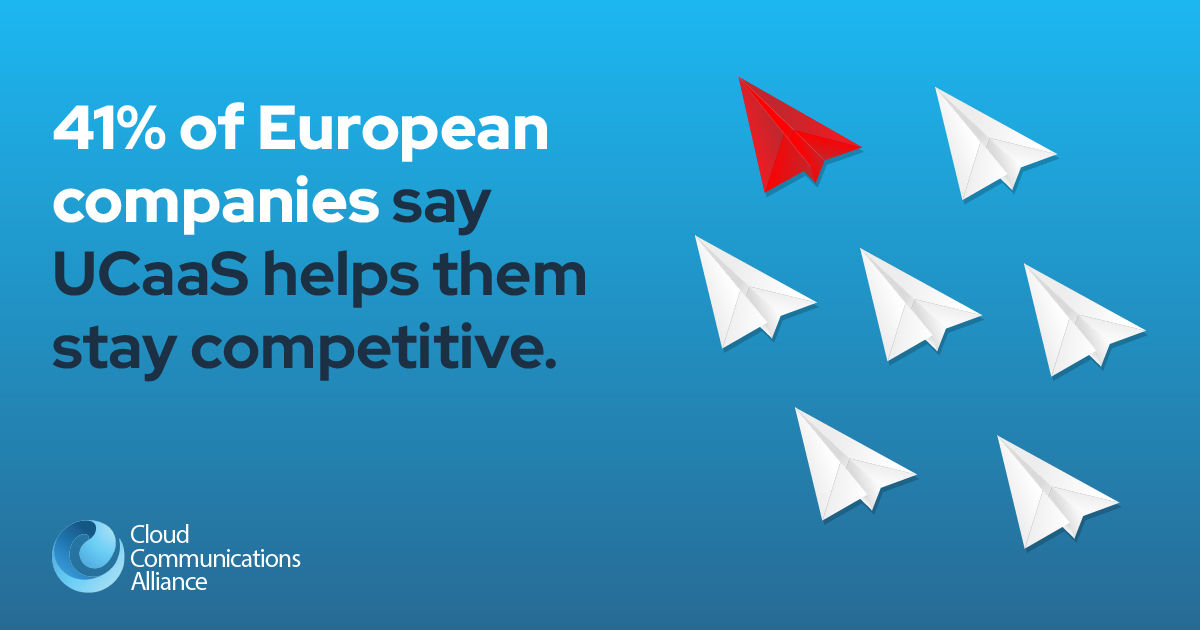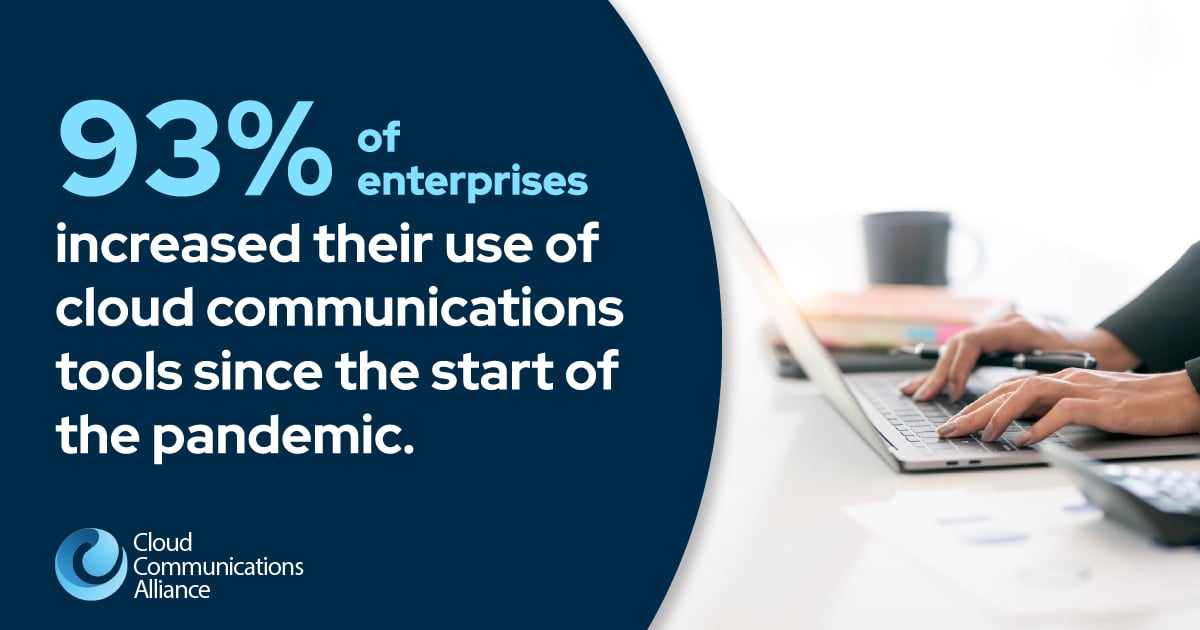Examining the State of the Cloud Communication Provider Market

In our 2021 research report, the Cloud Communications Alliance (CCA) partnered with the Cavell Group to examine the current cloud communications market. Specifically, we analyzed shifting strategic focuses that were heavily influenced by recent events – primarily the global pandemic.
Below, we provide a brief overview of the insights included in the research eBook. This information will be illuminating as your organization continues to strive to compete against hyperscalers such as Google and Microsoft. For more information, download our report here.
How Are Provider Product Portfolios Changing?
For years, cloud communication providers have relied heavily on stalwart products in order to generate the majority of their revenue. Traditionally, emerging services took a backseat to these staple solutions, such as SIP trunking. However, that is no longer the case.
Over the last 12 months, video conferencing has become a centerpiece offering among 80% of providers that were surveyed. Other major technologies that are becoming increasingly important include collaboration solutions and CRM integrations. These services are now a necessity as millions of people have transitioned to remote work.
Finally, the majority of providers are addressing the looming threat created by Microsoft Teams head-on. Instead of turning a blind eye to this hugely popular suite of products, providers are working with them as they deploy integrations that their clients need and want.
In short, providers are offering new products at historically high rates. The overwhelming majority of these providers are packaging multiple products into integrated bundles (like UCaaS + CCaaS) in order to make them more appealing to clients.
They are also focusing on creating products that integrate with their customers’ CRM solutions and other applications, which has made APIs a critical aspect of product development.
A Focus on Customer Engagement
Throughout 2021, many providers not only expanded their product lineup, but they also exhibited a significant shift in their strategic focus.
In particular, providers reexamined what makes them competitive and found that they must pay close attention to customer engagement. The success of any product or bundle hinges on positive user experiences and a high level of customer engagement.
Providers that have most effectively navigated the changing expectations of customers proactively developed integrations for popular cloud services. The most common cloud applications that providers integrate with include CRM platforms (85%), Microsoft Teams (85%), contact centers (73%), and email (50%).
By offering these integrations to their clients, top providers were able to differentiate themselves from other entities while simultaneously boosting customer engagement.
So What’s Next?
By leveraging the information outlined above, providers can prepare to capitalize on these emerging trends within the cloud technology sector. Providers that add the following five services in the next 12 months will be in a prime position to compete in the ever-evolving cloud technology industry:
- Integrated UC and contact centers
- Omnichannel contact centers
- CPaaS/API stores
- Self-provisioning/ordering portals
- Security products
As you can see, cloud providers’ product portfolios are shifting to maximize customer engagement in an effort to differentiate themselves, combat threats like Microsoft Teams, and facilitate the remote work needs of their customers.
To learn more about the latest cloud industry research and what you can do to prepare for these new developments within the cloud communications market, download the research report.


